When the last vibrant leaves of autumn have fallen and the days grow shorter, many of us in Austin are tempted to let our yards rest, waiting patiently for the spectacular burst of spring. We tend to think of our landscapes as dormant, a static and somewhat lifeless space from December to February. But what if we told you that the key to stunning winter landscaping Austin isn’t about hibernation—it’s about revelation?
Winter is a unique opportunity to appreciate the “bones” of your landscape—its fundamental structure, the elegant lines of its pathways, the textured bark of its trees, and the subtle, earthy hues that emerge when the summer’s flashier plants recede. The goal isn’t to replicate the riot of spring but to create a captivating and inviting space that offers a different, more nuanced kind of beauty. It’s a season of quiet contemplation, where the intricate details of your garden are no longer hidden by a dense green curtain. This is when the carefully planned architecture of your yard is truly unveiled, allowing for a deeper appreciation of its forms, lines, and textures.
Thanks to our mild climate in USDA Zones 8b/9a, winter landscaping in Austin is not only possible but incredibly rewarding. Our winters are a gardener’s secret weapon, allowing for a wide variety of plants that can provide year-round interest. By focusing on structure, hardscaping, and evergreen color, your yard can become a cozy, inviting oasis that sets the stage for a spectacular spring.
The Evergreen Backbone: Your Foundation for Winter Color
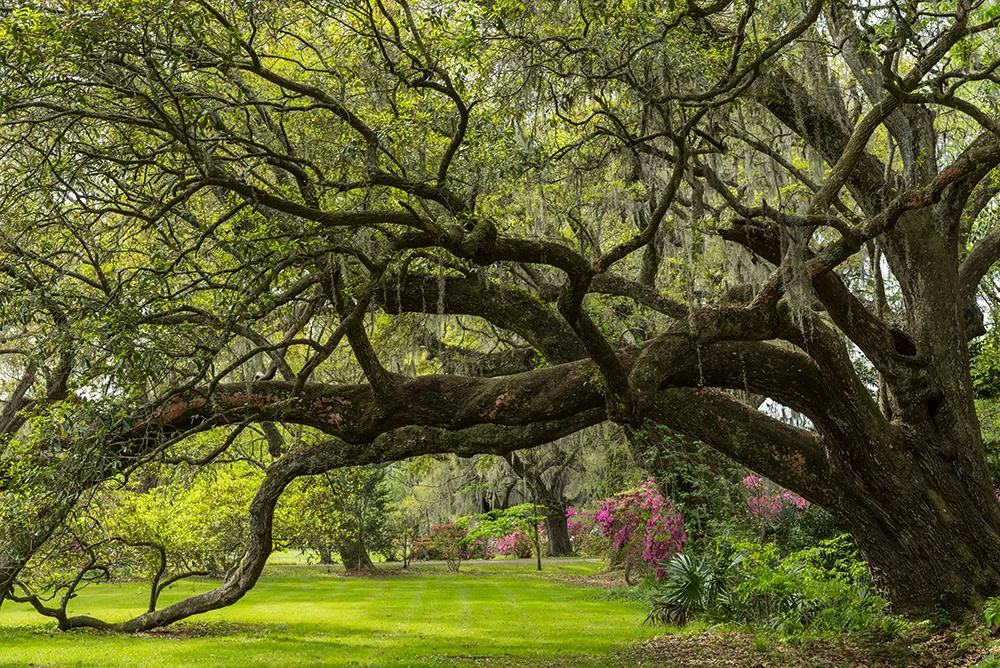
The first step in any successful winter landscaping Austin plan is establishing an evergreen backbone. We suggest using the best evergreen plants for Austin, Texas, that provide consistent color and structure when your perennials are dormant. They are the non-negotiable, reliable foundation of your garden, offering a vibrant palette of greens that stand out against the muted tones of winter. Wondering how to add winter color? Look no further than evergreens.
When building this foundation, prioritize native Texas plants and adapted varieties that are well-suited to our climate and soil. They require less water and maintenance, making them a smart, sustainable choice. By choosing native species, you are also supporting local wildlife, providing essential food and shelter for birds and insects through the leaner months. You can find out why native plants are a must for Austin yards by visiting the Texas Parks and Wildlife Department.
- Trees: A majestic Live Oak provides a grand, evergreen canopy. The Ashe Juniper offers a rugged, sculptural form. For a more unique option, consider the Texas Mountain Laurel, which, while beautiful year-round, provides a spectacular bonus: its early spring blooms fill the air with the unmistakable scent of grape soda.
- Shrubs: The Yaupon Holly is an absolute winter interest superstar. Its glossy green foliage is lovely, but its true magic lies in the dense clusters of bright red berries that cling to its branches throughout the colder months, providing a cheerful pop of color and a feast for birds. Different cultivars like ‘Nana’ (a dwarf variety) or ‘Pendula’ (a weeping form) can offer varied textures and shapes. Other excellent choices include the silvery-green Texas Sage and the fragrant Rosemary, which can be pruned into hedges or left to sprawl, releasing its invigorating scent whenever its foliage is brushed. The deep, rich green of a Dwarf Wax Myrtle offers a dense, textural element perfect for a low hedge or foundational planting.
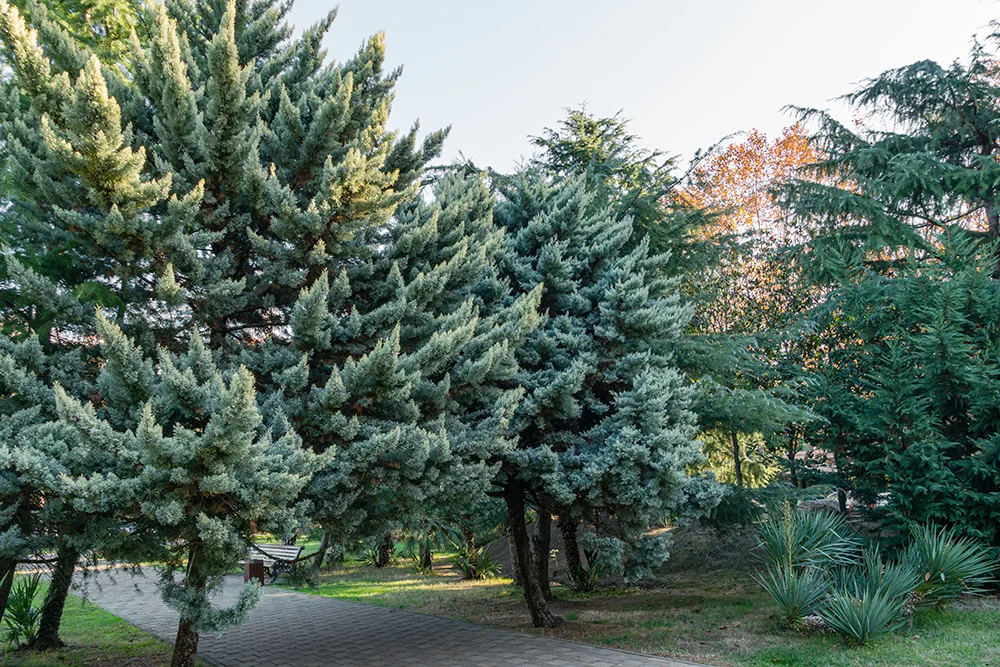
But don’t stop at green. Introduce drought-tolerant winter plants for Texas with diverse foliage colors to add depth and variety. The silvery-blue needles of an Arizona Cypress or the deep, dark green of a Japanese Yew can provide a striking contrast that makes your garden feel more dynamic and intentional. For a full list of plants and their ideal growing conditions, you can consult the United States Department of Agriculture’s plant database.
Texture, Form, and Winter Surprises
Once you have your evergreen foundation, it’s time to layer in plants and elements that provide structural and textural interest. This is where the subtle beauty of a winter landscape truly shines.
Ornamental grasses are a must-have. They transform from their summer glory into beautiful, papery forms that catch the low, golden winter sunlight. Plants like Muhly Grass turn a stunning shade of tan or rust, while Little Bluestem offers brilliant coppery tones. Their graceful, swaying forms add movement and a soft, ethereal texture to the garden, especially when kissed by a morning frost. You can discover the perfect ornamental grasses for your space by visiting the Lady Bird Johnson Wildflower Center’s database. They provide a vital architectural element that many people overlook. Don’t be too quick to cut your spent perennials, either. Leaving the dried seed heads of coneflowers, black-eyed Susans, and salvias provides sculptural interest and serves as a vital food source for winter birds.
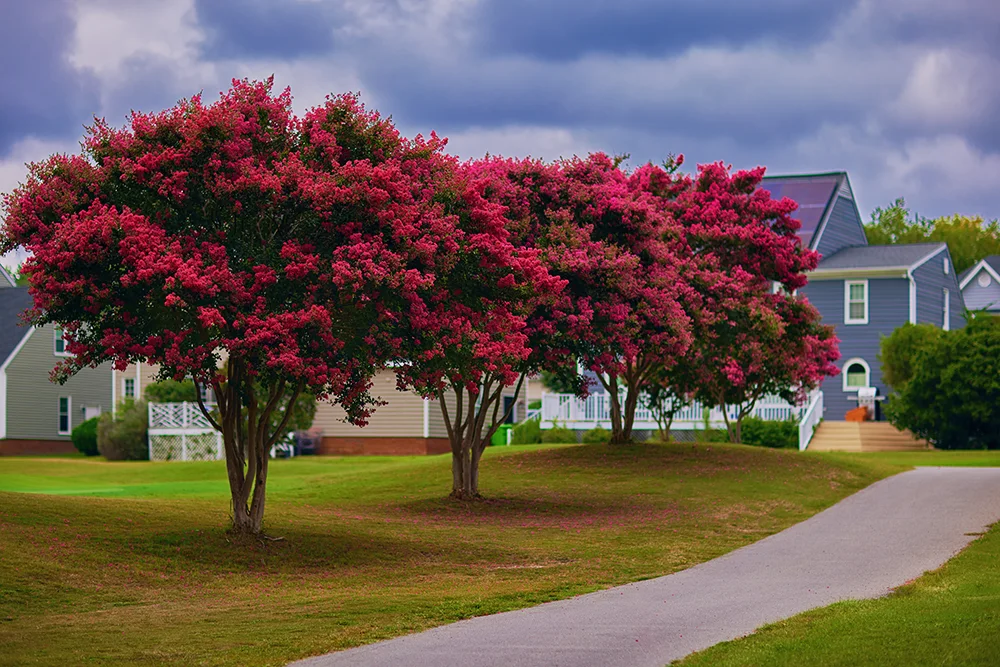
Beyond foliage, look for plants whose beauty is revealed when their leaves drop. Crape Myrtles, for example, are famous for their summer flowers, but their smooth, peeling bark in shades of cinnamon, gray, and brown is a beautiful textural feature in the winter. The Red Push Pistache also has a beautiful, mottled bark and adds the bonus of fiery red fall color that can persist well into the season. Another fantastic choice is the River Birch, whose distinctive, exfoliating bark peels back in papery layers to reveal creamy, cinnamon-colored new bark underneath. In addition to the Yaupon Holly, consider planting American Beautyberry and Possumhaw Holly, whose bright berries persist through the winter, providing more bursts of vibrant color. You can find more information on plants with interesting bark at the American Society of Landscape Architects website.
Finally, introduce a few cool-season bloomers for a delightful winter surprise.
- Pansies & Violas: These classic choices for pots and borders provide a cheerful splash of color in blues, purples, yellows, and whites, lasting through even the chilliest spells.
- Hellebores (Lenten Rose): For shady spots, these elegant perennials produce demure, bell-shaped flowers in late winter, often pushing up through the snow or cold ground.
- Winter Jasmine: This graceful vine produces bright yellow, star-shaped flowers on bare stems, brightening up a trellis or wall.
- Camellias: These broadleaf evergreens thrive in Austin’s acid soils and provide spectacular, rose-like flowers in shades of red, pink, and white during the winter months.
- Cyclamen: Perfect for container gardens or shady nooks, these small, delicate flowers bloom in shades of pink, white, and red, adding a touch of whimsy to the cooler months. For tips on planting and caring for these flowers, check out a guide from Gardener’s Supply Company.
Hardscaping: The Bones of Your Winter Garden
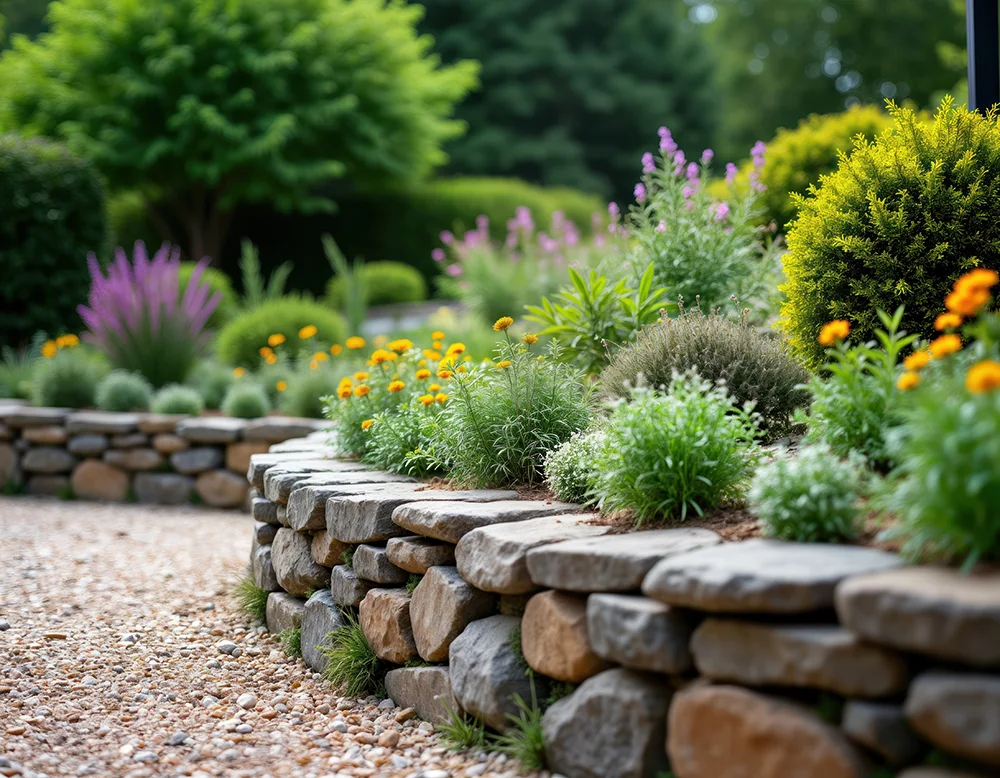
While plants are the soul of your garden, hardscaping is its skeleton. In the winter, when herbaceous plants have died back, these man-made elements become the undisputed focal points of your landscape. They provide structure, definition, and year-round usability. You can check out our portfolio of completed hardscaping projects on our website, including fire pit design and more.
A well-designed walkway made of local limestone or flagstone becomes more prominent, guiding the eye and leading visitors through the garden. A stone retaining wall or raised planter bed defines different zones, creating a sense of order and purpose. Without the visual noise of lush foliage, the clean lines of a patio or garden edging can truly be appreciated. For more ideas on how to use stone in your garden, you can visit the Natural Stone Institute.
Winter is also the perfect season to make your yard a destination. A thoughtfully placed fire pit or outdoor fireplace transforms an ordinary patio into a warm, inviting gathering space. There’s nothing quite like huddling around a fire on a crisp Austin evening, enjoying the view of your beautiful, structured winter garden. The heat from a fire pit makes a chilly evening feel cozy and extends the hours you can spend outdoors. Consider a built-in fire pit for a seamless look, or a stand-alone model for flexibility. These elements are more than just functional; they are a central gathering point, defining an “outdoor room” where people can connect. Structures like arbors, trellises, and pergolas add vertical interest and architectural detail that stand out against the winter sky, even without their summer vines.
Lighting Up the Longer Nights
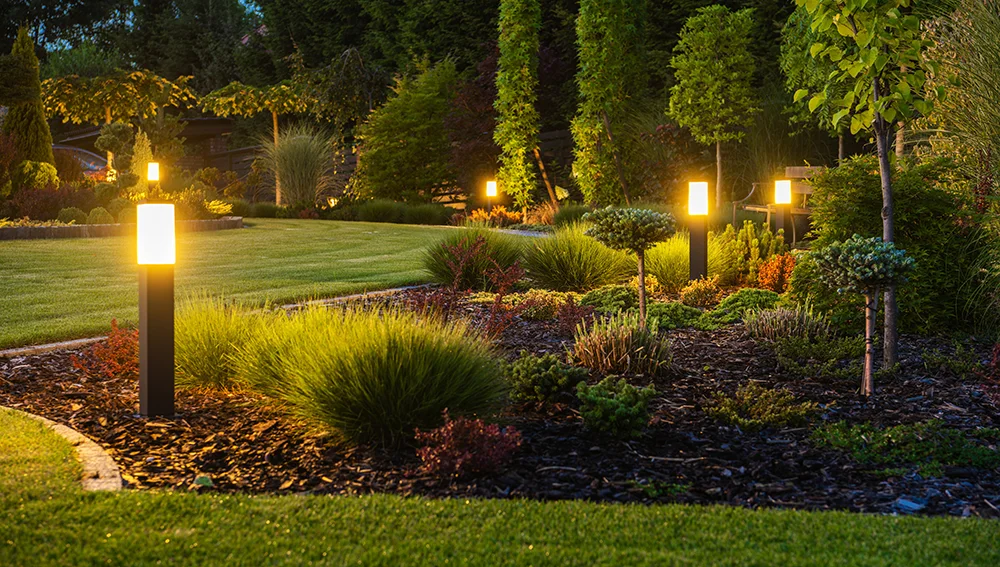
With shorter days, your landscape can disappear into the darkness early. This is where landscape lighting becomes an essential design element, not just for safety but for extending the enjoyment of your yard well into the evening. You can see more ideas for lighting your yard by exploring our gallery.
Strategic lighting can highlight the textures and forms you’ve worked so hard to establish. Uplighting is particularly effective. Pointing lights up into the canopies of trees with interesting bark, like a Crape Myrtle or Live Oak, creates dramatic shadows and silhouettes. This technique transforms your trees into living sculptures, visible from inside your home. Wash lighting, on the other hand, can be used to softly illuminate a wide wall or a dense hedge, creating a gentle glow.
Beyond the dramatic, focus on the practical. Path and safety lighting along walkways and steps is crucial for navigation and preventing accidents. Choose a warm-toned light (around 2700K) to create a cozy and inviting atmosphere. A well-lit garden feels welcoming and beckons you to step outside, even when the air is cool. It turns your yard into a magical, glowing extension of your home. Modern landscape lighting systems using low-voltage LED technology are incredibly energy-efficient and can be controlled with a timer or even a smartphone, making it easier than ever to enjoy your yard after sunset.
Winter Landscaping Austin: More Than Just Plants
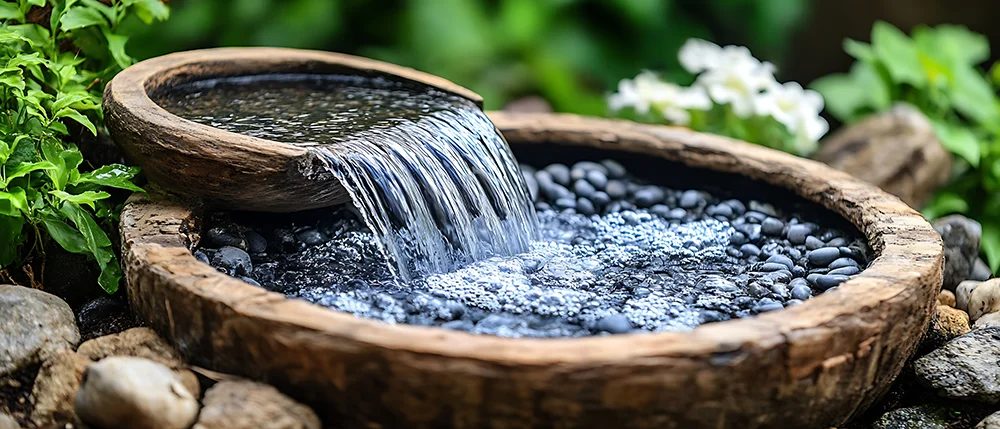
While plants, hardscaping, and lighting are the pillars of a great winter landscape, a truly optimized design considers other elements that make the space functional and beautiful.
The Role of Water Features in Winter
A water feature, whether a bubbling fountain or a tranquil pond, can be a captivating focal point in a winter garden. The sound of moving water is soothing, and when the temperature drops, the sight of ice formations on the surface adds a new layer of visual interest. Just ensure your water feature is designed to withstand freezing temperatures, with pumps positioned deep enough or drained for the season.
Maximizing Your Outdoor Living Space
Think of your yard as a series of outdoor rooms. Your patio is one room, your fire pit area is another. Use hardscaping and carefully placed plants to define these spaces. A low stone wall can serve as seating and a boundary for a cozy seating area. A pergola draped with dormant wisteria creates a sense of enclosure over a dining table. By creating these dedicated zones, you make your yard more inviting and purposeful.
The Art of Container Gardening
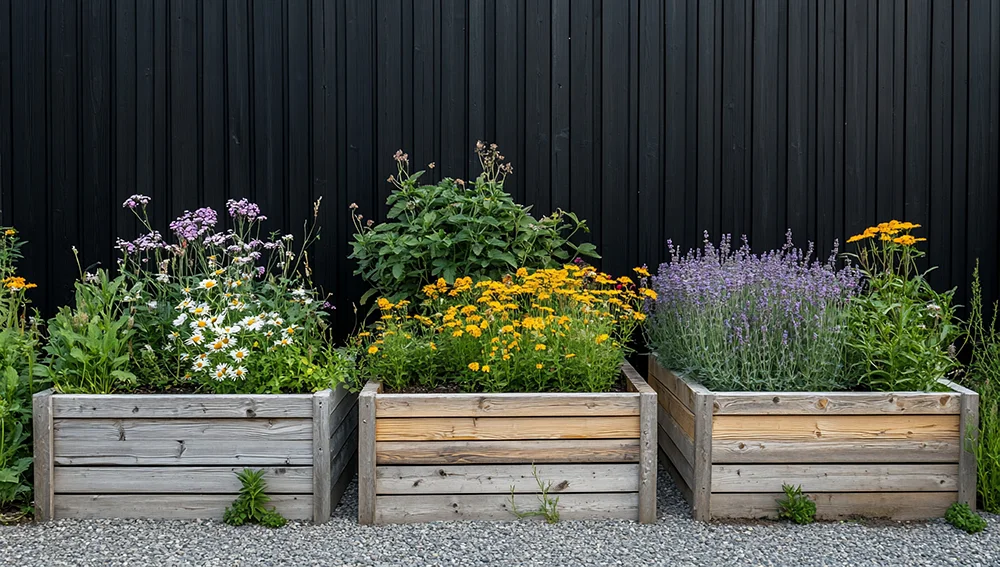
For a quick and easy way to add a splash of four-season interest, don’t underestimate the power of container gardening. Large ceramic pots or weathered wooden barrels filled with cool-season annuals like pansies, kale, or violas can be placed on a patio or porch. You can even create miniature evergreen arrangements using dwarf conifers and moss for a long-lasting display. These portable gardens are perfect for adding color to otherwise drab spots and can be changed out easily with the seasons.
Professional vs. DIY Lighting
While some homeowners may be tempted to install landscape lighting themselves, a professional designer understands how to use light to create ambiance and drama. They can design a low-voltage system that highlights key features, ensures even illumination, and is easy to maintain. A DIY approach, while saving money upfront, can lead to uneven lighting, exposed wiring, and fixtures that don’t last. For a truly seamless and beautiful look, we recommend consulting with a professional who can design a system that works with your specific landscape and hardscaping.
Your Austin Yard: A Year-Round Oasis
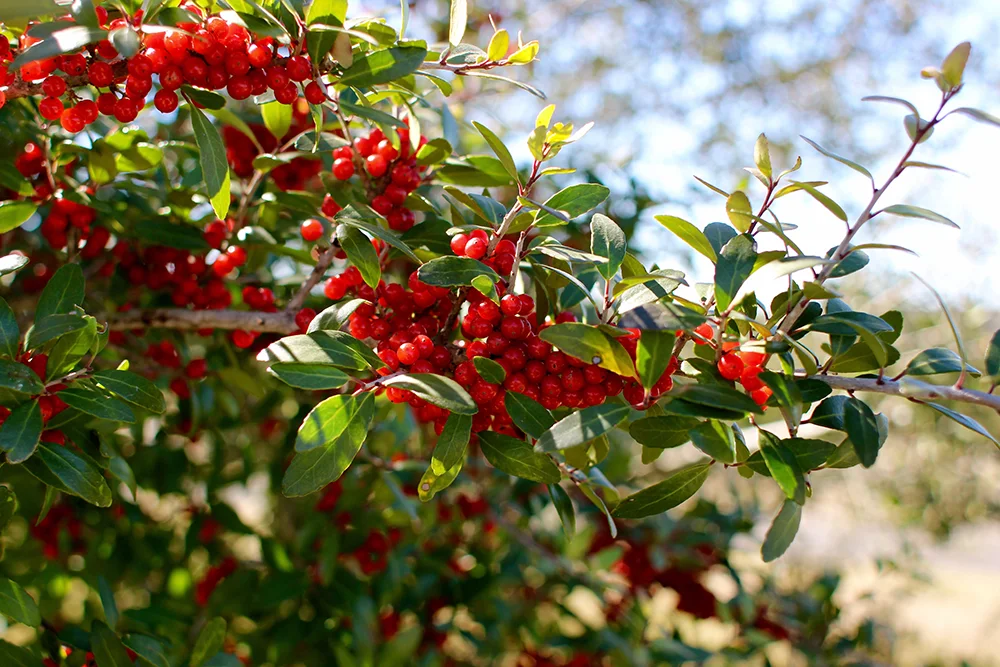
The secret to a beautiful Austin winter landscape is not about fighting the season but embracing it. It’s about recognizing that your garden’s story doesn’t end with the first frost; instead, it transitions into a quieter, more elegant chapter. By creating a strong framework with evergreens and hardscaping, and layering in textural elements, intentional lighting, and seasonal accents like container gardens and cool-season bloomers, you can ensure your Austin yard remains a source of enjoyment and a point of pride. A landscape designed for four-season interest offers a new perspective with every turn of the calendar, revealing different layers of beauty throughout the year, from the fiery colors of autumn to the serene structures of winter and the vibrant blooms of spring.
Your yard has the potential to be a peaceful retreat, a place to gather with loved ones, and a captivating view from your window on a cold day. While this may seem like a complex transformation, achieving a true year-round oasis is a rewarding investment that requires thoughtful planning and professional execution.
Ready to stop hibernating your yard and start celebrating its unique winter beauty? Contact Southern Landscape today for a design consultation, and let us help you create a stunning, functional outdoor space that you’ll love all year long.
